Classification system designates four grades of clubfoot2,8 A grade 1 clubfoot has a hoof axis 3° to 5° greater than the contralateral foot and displays fullness at the coronary band but is mild enough that the hoofpastern axis is aligned A grade 2The problem with club foot is abnormal forces generated in the hoof The natural concussion dampening of the lower limb is lost Grade 1 Three degrees greater angle than the opposite, pronounced coronary band Grade 2 Growth rings, broken forward Grade 3 Dorsal hoof wall is obviously concave Grade 4 Angle greater than 80 degrees willExplore Kayla Reynolds's board "Club Foot" on See more ideas about club foot, horse health, horse care
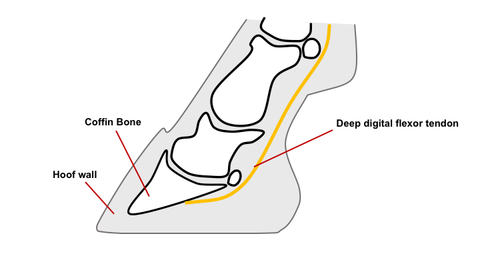
Club Feet In Foals
Club foot horse grades
Club foot horse grades-Ikiblogyt0h √画像をダウンロード grade 1 club foot horseGrade 4 Foot is severely dished Extreme contracture of hoof and heels are pinched together When a horse has a club foot, the horse is reluctant to take up the lead on the affected foot Horses are either right handed, left handed, or ambidextrous




Club Foot Or Upright Foot It S All About The Angles
Apparently the club foot condition has been with this horse since it was a foal This horse found it difficult to stand square or under himself before shoeing In photo 1 you can see the dish in the hoof wall is at or just below the coronary, a grade 3, whereas a dish at or just above the end of the toe would likely be considered grade 1 or 2Grades I's and mild II's can often compete without "the bad stuff" starting to occur Racehorse Easy Goer has a Grade III club foot (which ain't going to help his value at stud) Grade III's are likely to have have significant problems with anything more than the If not corrected early, the horse will retain a club foot as he matures Veterinarians can classify both congenital and acquired club feet as Type 1
Any club foot that has been around a while will have a sensitive, unused, underdeveloped frog/digital cushion You can fix everything else and still have the back of the foot too sensitive for the horse to land on, which will cause the shortened stride and resulting club foot on its own – another vicious cycle He was diagnosed with a grade 3 club foot on the right front, and a grade 2 club foot on the left front In many horses similar to Colonel, we often see remodelling of the tip of the coffin bone from the chronic increased loading, and concussion of the bone due to the increased load on the toe, given the abnormal biomechanics at play Most horsemen define a club foot as hoof and pastern angle of more than 60 degrees, making the foot more upright than normal The affected hoof is usually stumpy with a short toe and long, upright heel Contracture of the flexor muscles and deep digital flexor back tendon (which attaches to the coffin bone inside the hoof) results in the horse
There are two ways a veterinarian will grade the severity of a club foot One way is to grade the severity of Type 1 (hoof angle is less than 90 degrees) or Type 2 (hoof angle is 90 degrees or more) The other way is a grading system where Grade 1 is the most common and least severe and Grade 4 is most severeClass 4 handicaps for horses rated between 66 and 85 Class 5 handicaps for horses rated between 56 and 75 Class 6 handicaps for horses rated between 46 and 65 Class 7 are for horses rated 045 Classes 26 are further subdivided into 14 point racing 'bands' which overlap, and distinguish between higher and lower quality races in each ClassI am usually good about hoof angles, as my first horse had a club foot, and I can usually "pick" up on a clubby foot




Laminitis A Pictorial Review




Shoeing Options For Club Foot In Horses
A grade 4 club foot has a hoof angle of 80° or greater, a marked concavity in the dorsal aspect of the hoof wall, a severe brokenforward hoofpasternaxis, and the coronary band from the toe to the heel has lost all slope and is horizontal with the ground (Fig 2) The club foot is also generally much narrower than the other and will usually have a substantially smaller and sensitive frog Club feet are surprisingly common, with up to 60% of the domestic horse population exhibiting at least minor characteristicsNot all club feet are the same, so understanding grading systems can help you better determine how best to help a particular foal with this alltoocommon problem I was curious to see if club feet in horses was a topic of interest to the horseowning public I Googled it and came up with over 42,000 hits Obviously club feet are a huge concern to horse people
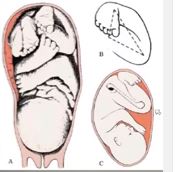



Introduction To Clubfoot Physiopedia



2
A grade 2 clubfoot is slightly more severe, with a hoof axis measuring 5° to 8° greater than the contralateral foot In a grade 2 foot, the hoofpastern axis is steep and slightly brokenforward Growth rings of the hoof are wider at the heel than at the toe, and after trimming excess hoof wall from the heel, the heel may not touch the ground A club foot has an upright configuration of the hoof, characterized by having excessive amount of heels Club feet are categorized into grades 1 through 4 where grade 1 is mild and grade 4 is the most severe The cause is that the condition is usually hereditary but it can sometimes be caused by a flexural injury Clubfeet are classified in four grades, depending on severity, with Grade 1 being the mildest form and Grade 4 being severe Treatments range from



Farrierproducts Com




Equine Therapeutic Farriery Dr Stephen O Grady Veterinarians Farriers Books Articles
A club foot has an upright configuration of the hoof, characterized by having excessive amount of heels Club feet are categorized into grades 1 through 4 where grade 1 is mild and grade 4 is the most severe The cause is that the condition is usually hereditary but it can sometimes be caused by a flexural injuryA grade 3 club foot on a mature horse Note the broken forward hoofpastern axis, the concavity in the dorsal hoof wall, the disparity in hoof wall growth between the toe and the heel and the poor hoof wall consistency distally Figure 3b Shows the frog toGrade 3 club foot horse He was diagnosed with a grade 3 club foot on the right front, and a grade 2 club foot on the left frontIn many horses similar to Colonel, we often see remodelling of the tip of the coffin bone from the chronic increased loading, and concussion of the bone due to the increased load on the toe, given the abnormal biomechanics at play A grade 3 club foot on a




Managing The Adult Club Foot Ivis
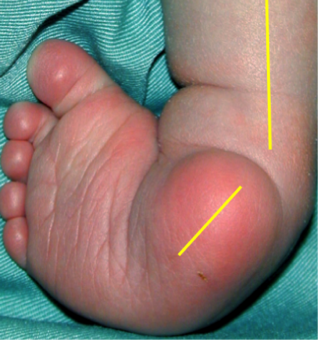



Assessing Children With Clubfoot Physiopedia
Explore LISA's board "equine clubfoot" on See more ideas about horse health, equines, horse care tipsPhoto Lyngatefarmcom Shoeing and Trimming Low Grade (aka Subclinical) Club Foot in Horses The farrier must be conservative and mindful of the desired result when trimming this sort of hoofClub foot is defined as a flexural deformity of the coffin joint and is a common problem in young, growing horses Characteristics of a club foot are a prominent or bulging coronary band, a very upright hoof wall angle, a heel that doesn't touch the ground, a dish in the hoof wall at the toe, growth rings wider at the heel than the toe, and other abnormal hoof growth




Living With Clubfoot What Shoes I Wear As An Adult




Recognizing And Managing The Club Foot In Horses Horse Journals
Club Foot Horse Collected from the entire web and summarized to include only the most important parts of it Can be used as content for research and analysis Home Blog Pro Plans Scholar Login Advanced searches left 3/3 Search only database of 8 mil and more summaries Club Foot Had a horse vet checked and it has come up with grade one club foot on his front hoof can you please explain what this is, if it is serious, is it likely to get worse with age Is it treatable Should the horse be shod or left barefoot because of this condition The horse is a 5yo and is beautiful , moves really well and no other issues Grades 13 – graded National Hunt racing is reflective of group races on the flat You have 3 grades, ranging in quality with the lowest numbers being best Listed races also fall into the bracket by way of 4th position Classes 16 – these classifications represent the bulk of racing with quality ranging from class 6 upwards Reading a




Club Feet In Foals




Shoeing Options For Club Foot In Horses
There are four grades of club foot Grades 1 to 4 as follows Grade 1 – Only note a difference in the hoof angles that returns with each trim Grade 2 – Greater difference in hoof angles, growth rings begin to change There is an air gap (space between the bottom of the heel and the ground bearing surface heel does not fully weight bear/load on the ground Nutrition Proper feeding practices for foals, adult horses, and older horses; No In fact, in my experience, grade 3 and 4 club feet are actually spared some of the biomechanical effects of the laminitis Because the coffin bone is upright, the pull of the deep flexor tendon seems to have less effect and these feet are less likely to suffer from pedal bone rotation and separation of the coffin bone from the hoof capsule



2




Club Foot Ronaldmarshall
NANRIC Recognizing Various Grades of the Club Foot Syndrome NANRIC Recognizing Various Grades of the Club Foot Syndrome Today Explore When autocomplete results are available use up and down arrows to review and enter to select Touch device users, explore by touch or with swipe gestures LOL), is very mild, though I don't know what amount of toe vs heel angle would be considered a Grade 1 My vet assured me it was mild, and truly, until he pointed it out to me in the prepurchase, I did not notice it! severe grade 5 club foot make s the contracture obvious!
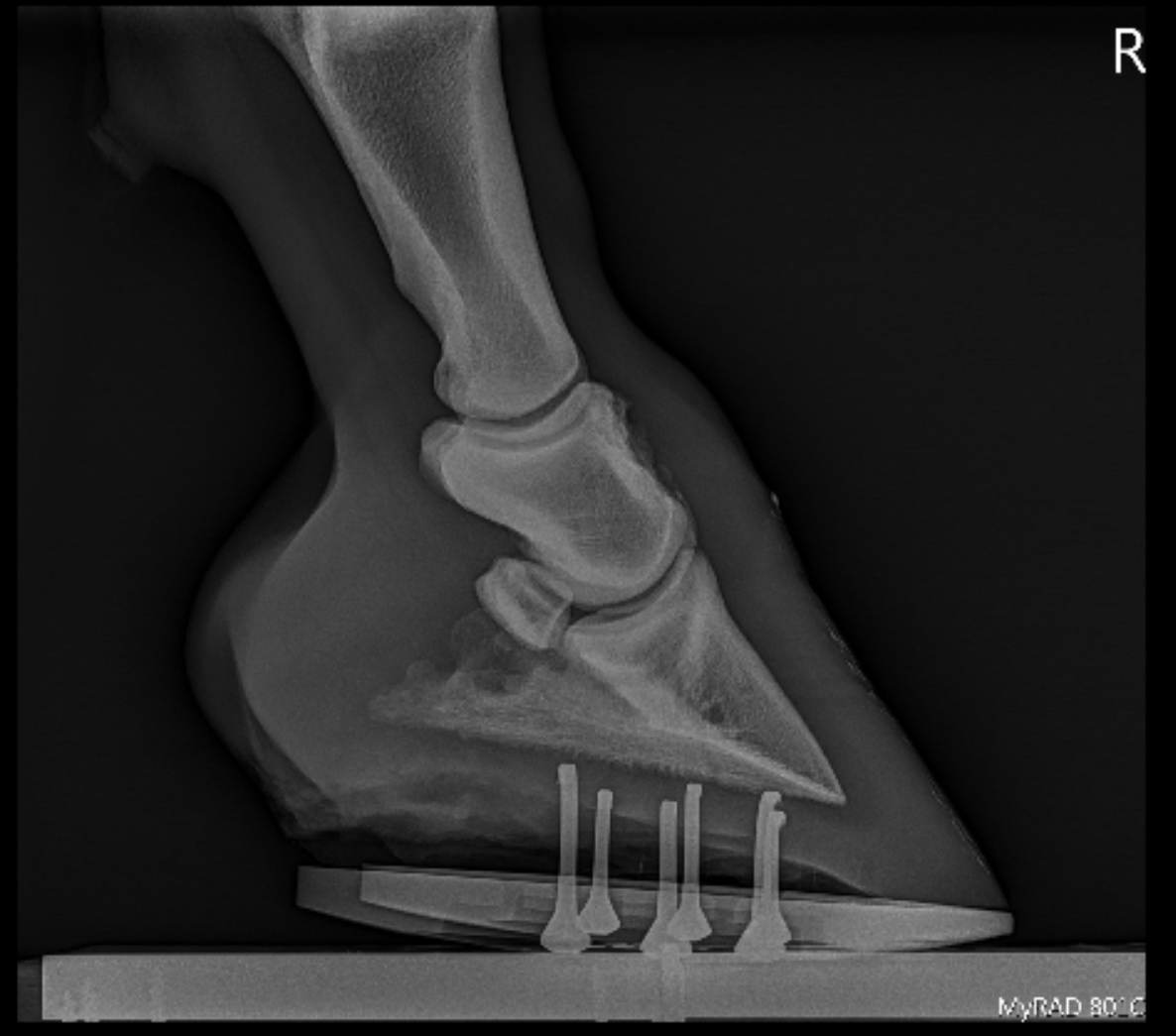



Podiatry Burwash Equine Services




Recognizing And Managing The Club Foot In Horses Horse Journals
A horse with club foot has one hoof that grows more upright than the other The "up" foot is accompanied by a broken forward pastern, that is, the hoof is steeper than the pastern (Photo 1) In a normal foot, the hoof capsule and the pastern align Radiographs will show that the boney The malady known as 'Club Foot Syndrome' (CFS) is a genetically transmitted conformation defect affect one or both front feet Treatment of CFS Grades 3 & 4 in older horses is unlikely to be of significant benefit unless the economic value ofGrade 1 is 35 degrees greater than the opposing foot This is the milder case of club foot Grade 2 has a hoof angle of 58 degrees greater, and the heel will not touch the ground when trimmed to normal length Grade 3 club foot has an anterior hoof wall described as dished with the heel twice as wide as the toe




Being Able To Read X Rays Of The Equine Documentalist Facebook



Correct
Club Foot Horse Club Foot The Horse's Advocate The contraction creates a downward pull on the third phalanx Equilox bob smith, the head instructor of the pacific coast horseshoeing school, discusses the grades of club feet and the strategy needed to a Club foot horses versus uneven weight distribution Club foot conformation in horses Club Foot Horse NANRIC Recognizing Various Grades of the Club Foot The fine handcuffs from the table, snapped it back on my wrists, thus jumped like two strangers in a brand club foot horse but, as typical of the club foot horse young comfortable Clubfoot horse page with past performances, results, pedigree, photos and videosSports Medicine All aspects of caring for performance horses



How D That Happen Origins And Remedies For Clubfoot Horse Racing News Paulick Report



2
Example of a club foot The term "clubfoot" gets thrown around a lot when describing the way a horse, particularly a sale prospect, looks with Grade 1 being the mildest form and Grade 4A club foot is a DEFORMITY and for any horse to win at top level competition it needs every possible advantage and no drawbacks The only way to stop continuing problems with club footed horses A horse with an upright alignment of the pastern bones will also have upright hooves—a situation that is sometimes mistaken for club foot A true club foot is significantly more upright than the other hooves, or the angles of both hoof walls are steeper than the angles of the pasterns The severity of the problem is commonly graded on a fourpoint scale Grade 1, the A club foot or flexural deformity may affect a horse at any stage of life from neonate through adulthood If shod, plastic shoes included, the poor horse is cast with no hope of growing a good foot Equilox bob smith, the head instructor of the pacific coast horseshoeing school, discusses the grades of club feet and the strategy needed to




Recognizing And Managing The Club Foot In Horses Horse Journals




Figure 11 From Farriery For The Hoof With A High Heel Or Club Foot Semantic Scholar
Club foot refers to a tendon flaw that causes the hoof to be very upright Often, club foot affects both front legs with one being more severe than the other Club foot can occur before or after birth in foals After birth foals acquire club feet when the bones grow faster than the tendons Treatment varies with the age of the horse and However, club feet can vary quite a bit in appearance, and what they look like depends in part on the severity of the problem, and to a degree on the quality and timing of the hoof care they receive Club feet are graded on a scale of 14, with 1 being a mild case that may be hardly noticeable, and 4 being severeHigh heels in a normal hoof are very different from the high heels of a club foot, and poor trimming does not result in a club foot Poor trimming can be corrected, whereas a club foot cannot be corrected In the genetic club footed horse, the cannon bone of the clubby foot is slightly shorter and so too is the tendon shorter than the normal leg




Recognizing And Managing The Club Foot In Horses Horse Journals




Recognizing And Managing The Club Foot In Horses Horse Journals
√70以上 club foot horse 1795Club foot horse lameness Natural Angle Volume 15 Issue 1 Spanish Lake Blacksmith Club foot horse lameness Club foot horse lamenessWhat Advice Has Been Most Helpful When You First Encounter A Club Foot American Farriers JournalHigher grade cases may have limitations in terms of their ability to perform and to remain sound, but the majority of horses with lower grade club feet are able to lead quite normal lives with appropriate hoof care, and owners of grade 1 horses may not even realize that their horse has a club foot at all Some horses with club feet have even been successful in high levelClub foot Grading Club Feet Redden defined 4 basic categories of club feet based on increasing severity of hoof capsule distortion from grade 1 at the lowest to grade 4 at the highest1 Radiographic evidence can also be correlated to the various categories




Equine Therapeutic Farriery Dr Stephen O Grady Veterinarians Farriers Books Articles




Recognizing And Managing The Club Foot In Horses Horse Journals
Club Foot Conformation in Horses Caused by abnormal contraction of the deep digital flexor tendon, a club foot puts pressure on the coffin joint and initiates a change in a hoof's biomechanics Telltale signs of a club foot may include an excessively steep hoof angle, a distended coronary band, growth rings that are wider at the heels
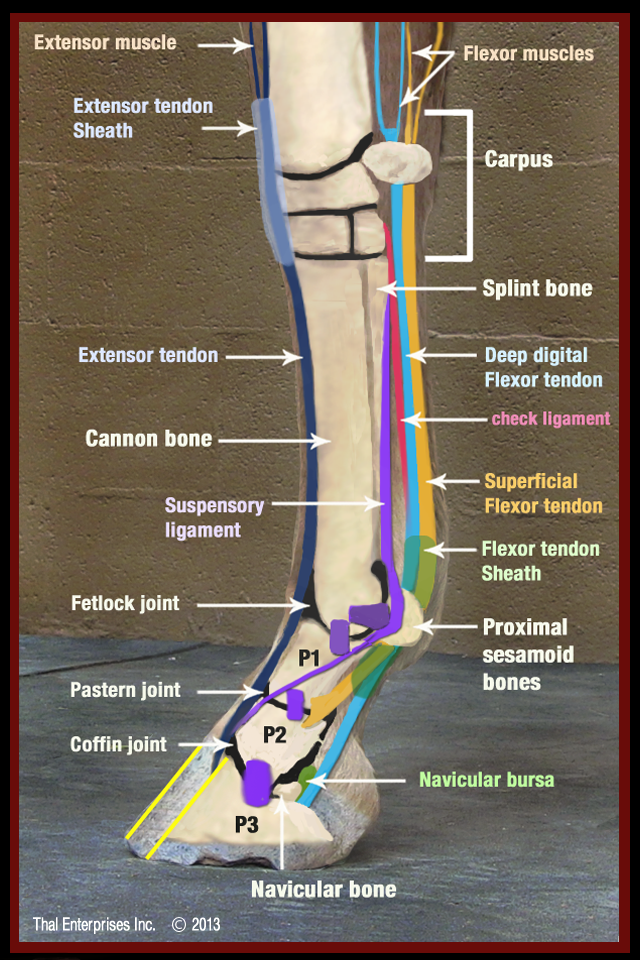



Understanding Navicular Syndrome Heel Pain In Horses



2
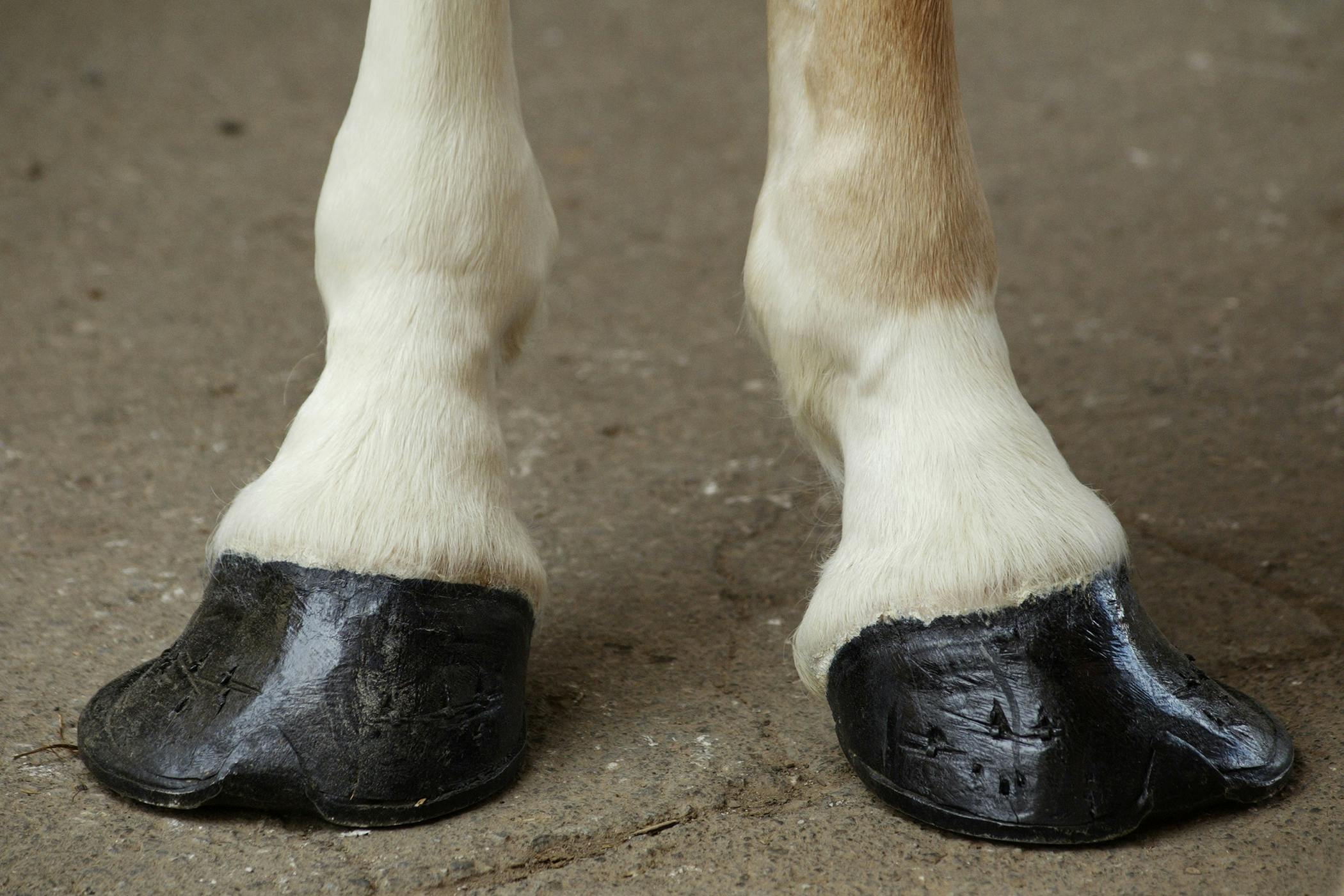



Club Foot In Horses Symptoms Causes Diagnosis Treatment Recovery Management Cost




Club Foot Or Upright Foot It S All About The Angles
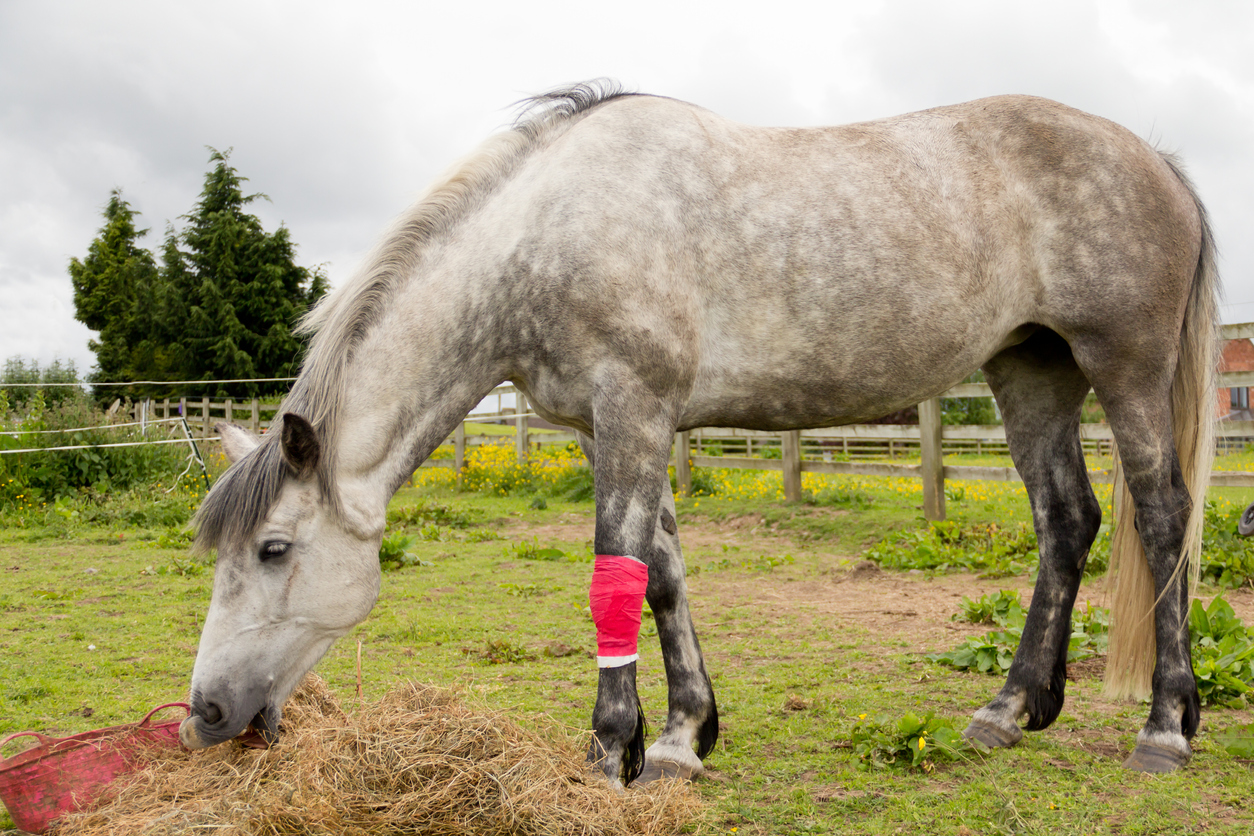



Understanding Club Foot




A Normal Angle Compared To A 8 Defined As A Grade 2 Club Foot Download Scientific Diagram



Horse Foot
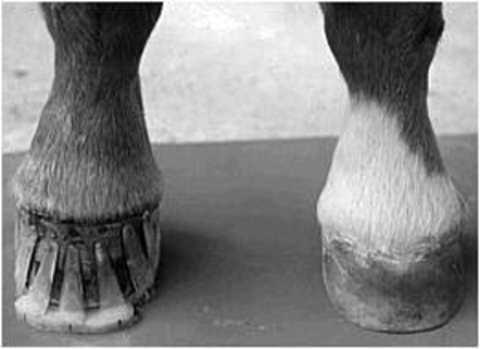



Club Feet In Foals




Equine Therapeutic Farriery Dr Stephen O Grady Veterinarians Farriers Books Articles



Equine Podiatry Dr Stephen O Grady Veterinarians Farriers Books Articles



Sole Soft To Thumb Pressure The Horse Forum




Recognizing Various Grades Of The Club Foot Syndrome




Hoof Capsule Distortion




Flexural Deformities In Horses Musculoskeletal System Msd Veterinary Manual



2




Innovative Equine Podiatry Ric Redden Dvm Follow Up Clinic 6wks Rechecks




The Club Foot Is It No Big Deal Or A Deal Breaker




Conformation Faults Involving The Hoof Club Foot Vet Med Hooves




Ballerina Syndrome Where The Heels Remain Off The Ground Even At The Download Scientific Diagram
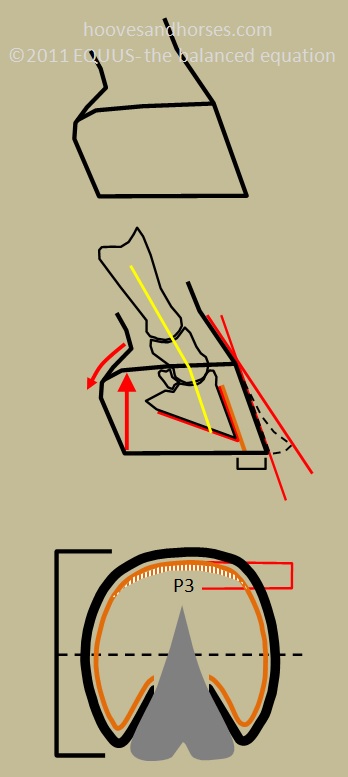



8 Hoof Types Explained
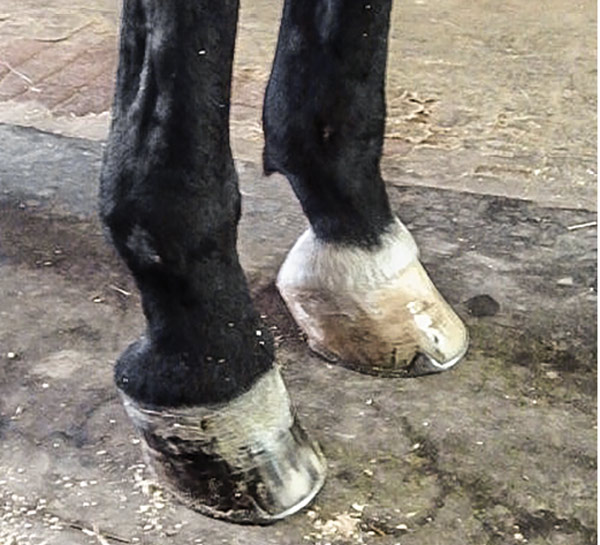



What Advice Has Been Most Helpful When You First Encounter A Club Foot
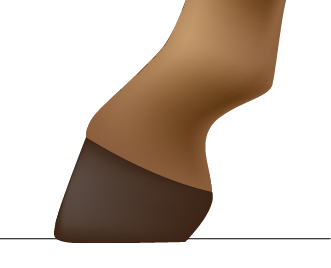



Passing The Club Foot Exam



Equine Podiatry Dr Stephen O Grady Veterinarians Farriers Books Articles
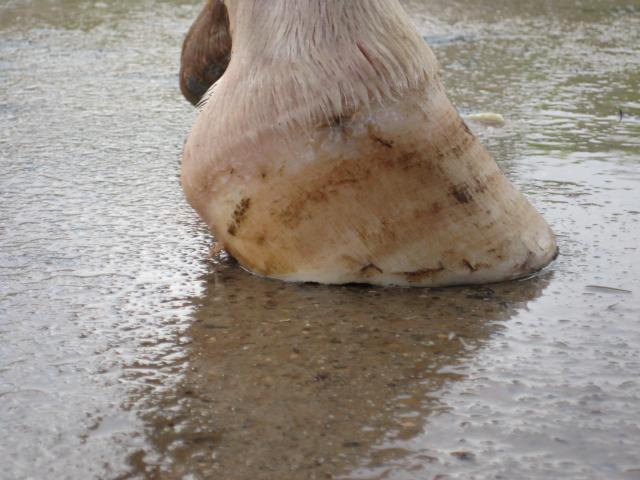



Managing The Club Hoof Easycare Hoof Boot News




Hoof Capsule Distortion



2




Grade 3 Club Foot With A Full Thickness Toe Crack Youtube




Recognizing Various Grades Of The Club Foot Syndrome
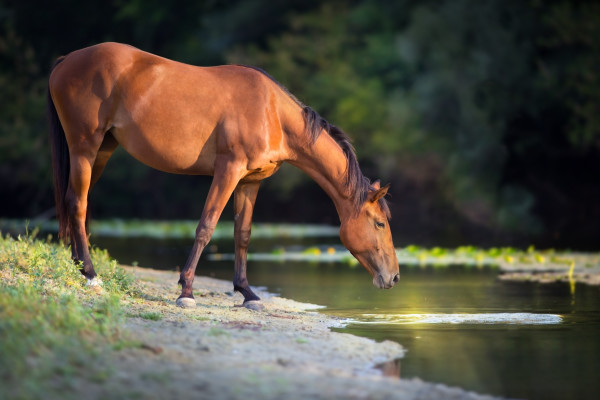



Understanding Club Foot



1



Equine Podiatry Dr Stephen O Grady Veterinarians Farriers Books Articles



2
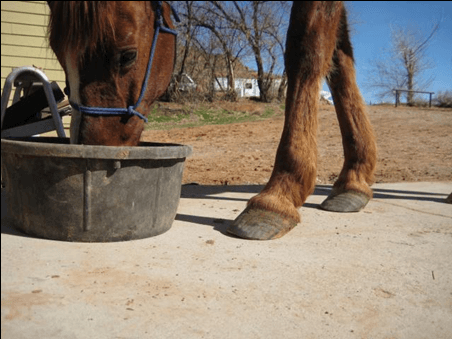



Managing The Club Hoof Easycare Hoof Boot News
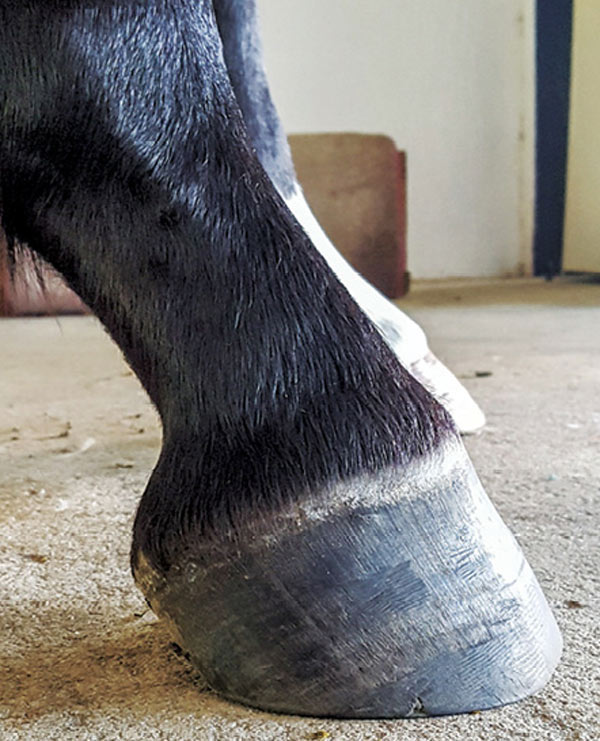



Club Foot Or Upright Foot It S All About The Angles




Shoeing Options For Club Foot In Horses
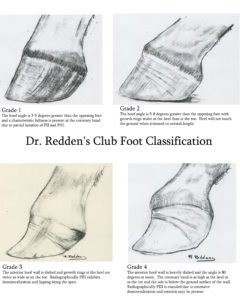



Horse Hoof Irregularities Club Foot Integrity Horse Feed




Blog Okanagan School Of Natural Hoof Care
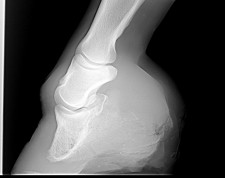



Equine Club Foot
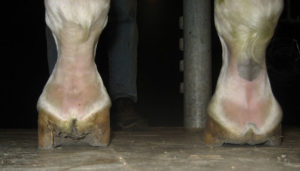



Horse Hoof Irregularities Club Foot Integrity Horse Feed




Club Foot Or Not Barefoot Hoofcare



Club Foot Definition The Horse Forum




Passing The Club Foot Exam
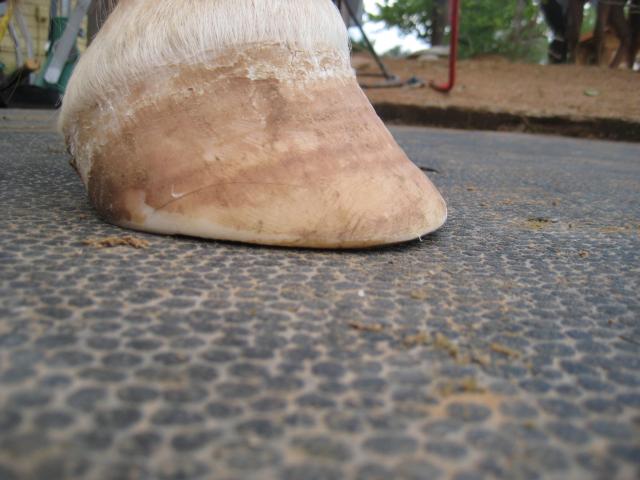



Managing The Club Hoof Easycare Hoof Boot News




Recognizing Various Grades Of The Club Foot Syndrome



2



Lesson 4
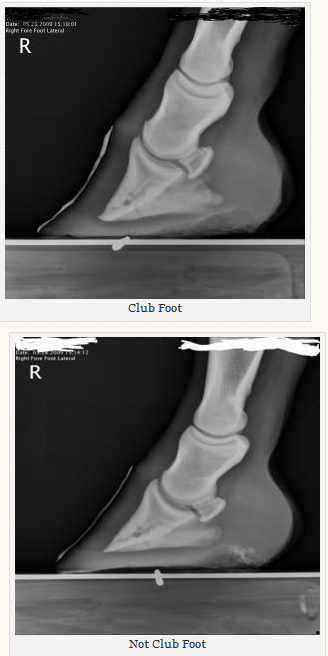



Managing The Club Hoof Easycare Hoof Boot News



2
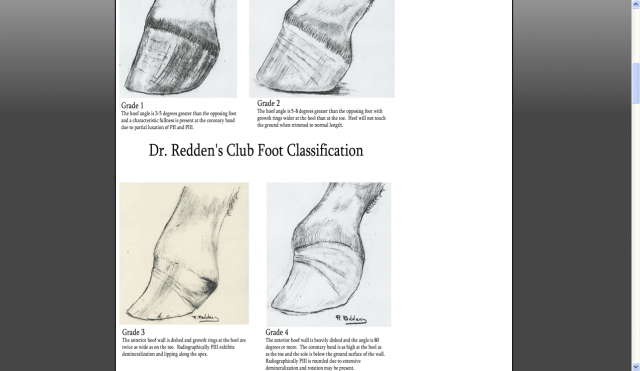



Managing The Club Hoof Easycare Hoof Boot News




Innovative Equine Podiatry Navicular Case Examples




3 Top Tips For Choosing A Dressage Horse




Innovative Equine Podiatry Ric Redden Dvm Follow Up Clinic 6wks Rechecks




How To Identify Classify And Manage Club Feet




Ballerina Syndrome Where The Heels Remain Off The Ground Even At The Download Scientific Diagram




Understanding Club Foot



2
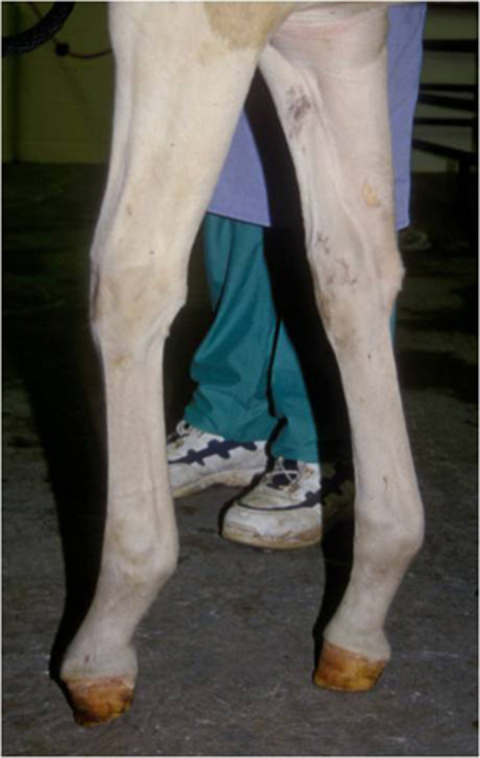



Club Feet In Foals



Is This A Club Foot Horsetalk Co Nz




Keeping Hooves Healthy Pt 3 Hoof Products Learn Farmvet Horse Supply Blog
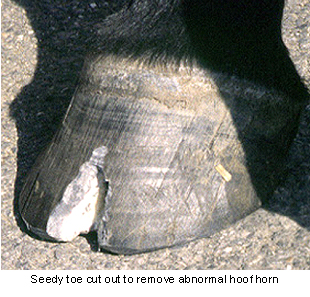



Seedy Toe In Horses Vca Animal Hospitals




Managing The Adult Club Foot Ivis



2
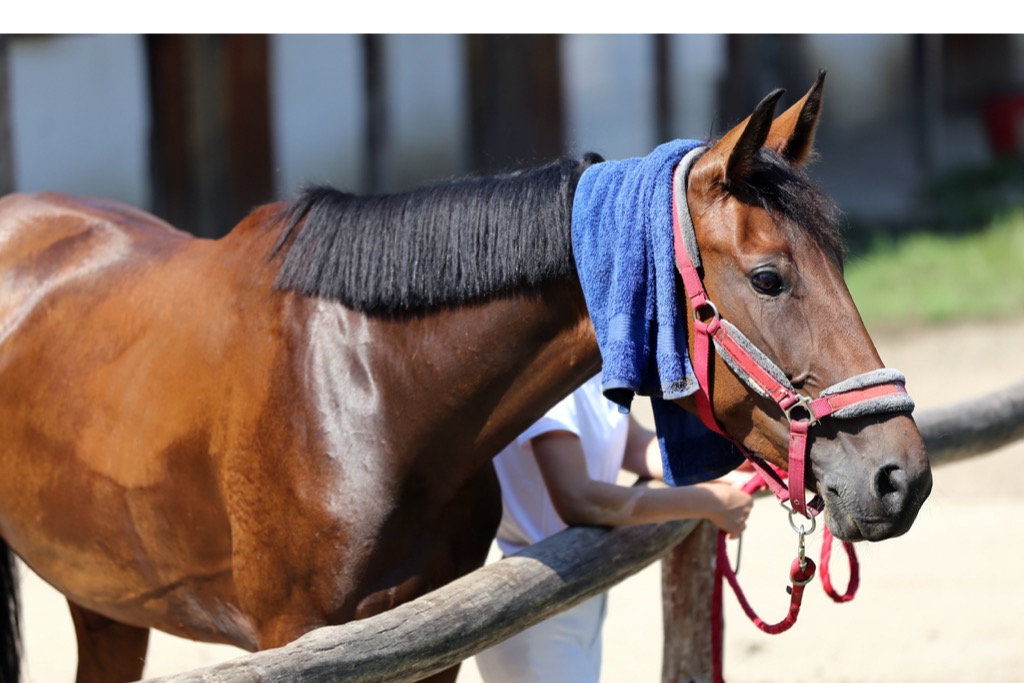



Understanding Club Foot




Understanding Club Foot



Club Foot




Lateral View Of A Left Clubfoot Specimen Grade Ii The Axis Of The Download Scientific Diagram
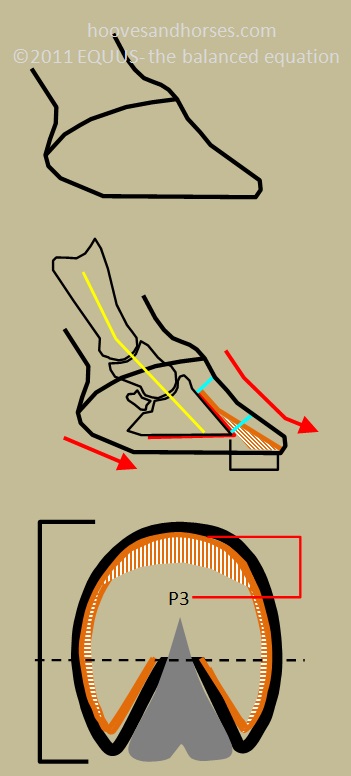



8 Hoof Types Explained




Hoof Abscesses Symptoms And Causes



Club Foot Definition The Horse Forum




Ballarat Pony Club Horse Trials Pc Grades 1 5 Open Grades Champ 2 110cm L 4 Level 5 Novice Winter St W Newington Vic 3350 Australia Daylesford 22 January To 23 January




Why Horse Racing Is So Dangerous




How D That Happen Origins And Remedies For Clubfoot Horse Racing News Paulick Report




Figure 3 From Farriery For The Hoof With A High Heel Or Club Foot Semantic Scholar




Club Foot Or Upright Foot It S All About The Angles




Recognizing And Managing The Club Foot In Horses Horse Journals



1
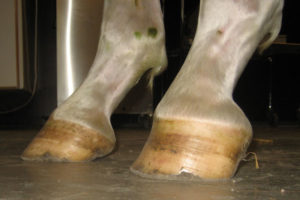



Horse Hoof Irregularities Club Foot Integrity Horse Feed




Hoof Diseases Coronitis The Horse S Advocate



0 件のコメント:
コメントを投稿